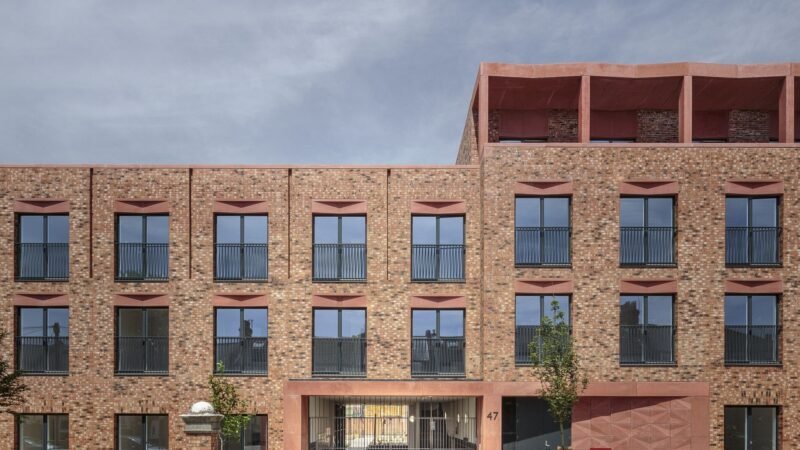Can Co-Living Solve London’s Housing Crisis?
At a current scale of 550 beds, and aspiring plans to reach 5,000, The Collective is the largest co-living facility in the world. With prior experience as property developers, the team behind the London-based platform has spent the last 12 months transitioning to a role they deem more appropriate: community developers.
As co-living is changing the way we approach housing, traditional ideologies are being rethought. We are seeing ‘community’ as a product, and ‘living’ as a service, and more people are looking away from physical space. On a conceptual level, The Collective perceives co-living as “living somewhere with an amazing sense of community among like-minded individuals.” And from a physical level, this means “minimizing spaces for maximum use.”


Studio apartment in The Collective
So what does this mean exactly?
Residents at The Collective can enjoy amenities such as the shared kitchen and dining spaces, restaurants, bars, gym, sauna, linen changes, room cleaning, and car share services at no additional charge. The only trade off is that in The Collective’s effort to “minimize space for maximum use”, communal spaces and amenities are scaled up, while personal space is scaled way down. Resident’s bedrooms rooms are only 10 sq-metres. Which does not leave much ground space beyond a double bed and tightly-designed bathroom.

The library

The game room
Is this necessarily a bad thing?
By offering a variety of rich community spaces, The Collective feels as if there is enough opportunity for people to find their niche within the environment. “It’s about knowing that people have access to the community if they want it, but also the opportunity to do your own thing,” says Head of Communications, Stephanie Cornell. “Providing quiet reading rooms is just as important to us as hosting BBQ’s.”
As London in particular is facing a major housing crisis, innovative ideas such as co-living are necessary for providing affordable ways of life. “We are not solving the crisis, but we are building and offering alternatives and opportunities within this issue,” says Chief Operations Officer James Scott.

Communal kitchen

‘The secret garden’
Self-reliant communities
As the city is just too developed, and too expensive, The Collective was forced to pick and choose when it came to selecting the right location. Transit access was the key driver for their Old Oak location, emphasizing connectivity to greater London. While it may not be the most bustling part of town, The Collective acts to provide enough services and amenities that people do not need to rely on the outer community. The platform even has a staff of five full-time community members focused solely on figuring out how best to build community from within.
Constantly searching for “how people can have more or be more with co-living than without,” Scott is excited the be shaking up an archaic industry with The Collective. Emphasizing that it is the addition of services and amenities which make these projects successful, the team is hoping to provide all the necessary spaces for community to flourish inside. While Scott reveals that there is no copy and paste model for creating a successful co-living platform, he and the rest of the team is working hard to make sure they get it right. With people moving in every day, the buzz is certainly not going anywhere.
This article is a part of our series on micro-metropolitan living concepts around the world. We have recently received a grant from the Dutch Creative Industries Fund to explore this trend further and will be sharing our findings via Pop-Up City throughout the upcoming months.



